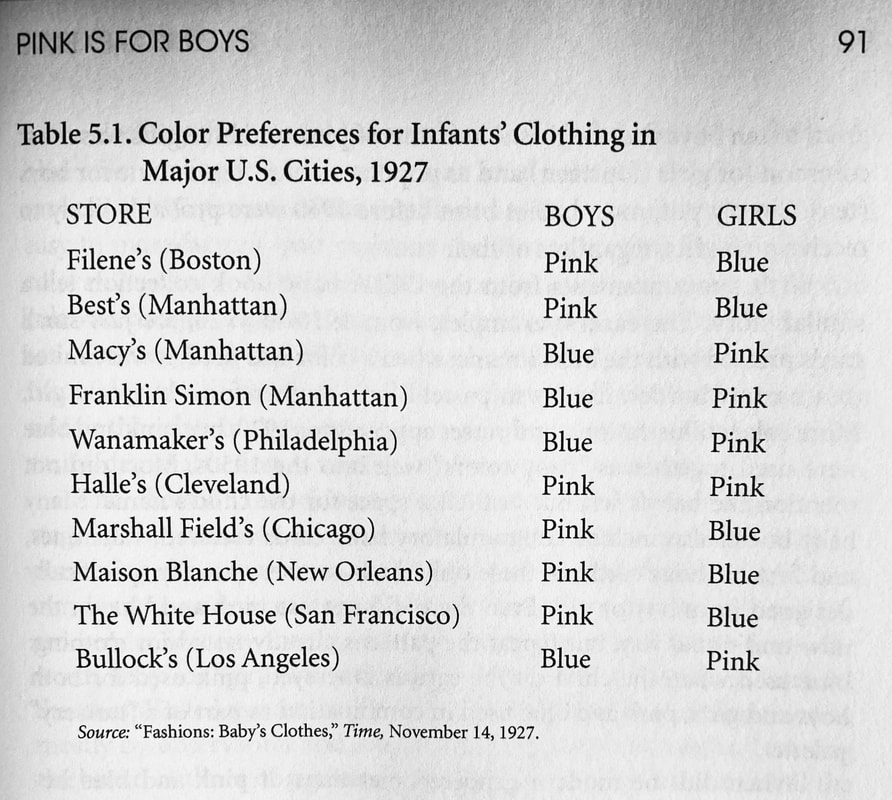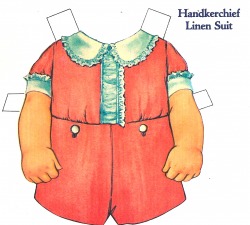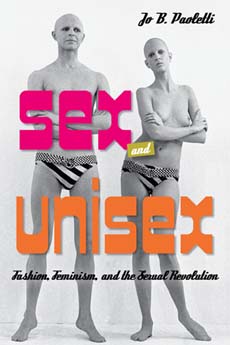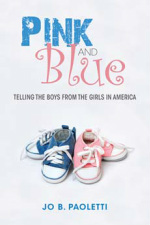Gendered colors were adopted first for infants, and gradually applied to older children and adults. Neutral colors were pretty much eliminated as an option for babies after the early 1990s, except for a few items in yellow or green in newborn sizes. This suggests that associating pink with girls and blue for boys was the earliest lesson in gendered visual culture for many of today’s young adults. Babies and toddlers can perceive these color differences as early as five months and can apply gender stereotypes by the age of two. All children (except the 8% of boys and 1% of girls who are color blind) learn pink and blue as gender markers; girls don’t just learn about pink, and boys don’t just learn about blue. Color coding may well be the first thing they learn about the rules of gender that govern their own lives. Why does this matter?
If all we need to protect the fragile masculinity of boys is a visual culture (pink-unicorns-sparkles) that signifies GIRL so clearly that no child under the age of six months will ever mistake one for the other, why do we need blue? In some ways, we don’t; we just need not-pink. It’s been clear for me for some time that pink and blue are not just opposite equivalents, functionally.
What do men learn from boy culture? (Little macho culture? Machito culture? Still looking for the right word!)
According to some of my male friends and former students (a very small convenience sample)* , they learn:
- a boy is not a girl
- a boy should never be mistaken for a girl
- boys should have nothing to do with girly things
- boys should play with boys doing machito things
- machito things are more exciting and interesting than girly things
- boys are better than girls
- boys who are like girls or who like girly things are sick/bad/scary
I would add to this my own observation that boys also learn that girls who are like boys or who like machito things, can be good friends, but that boys should never allow them to win.





